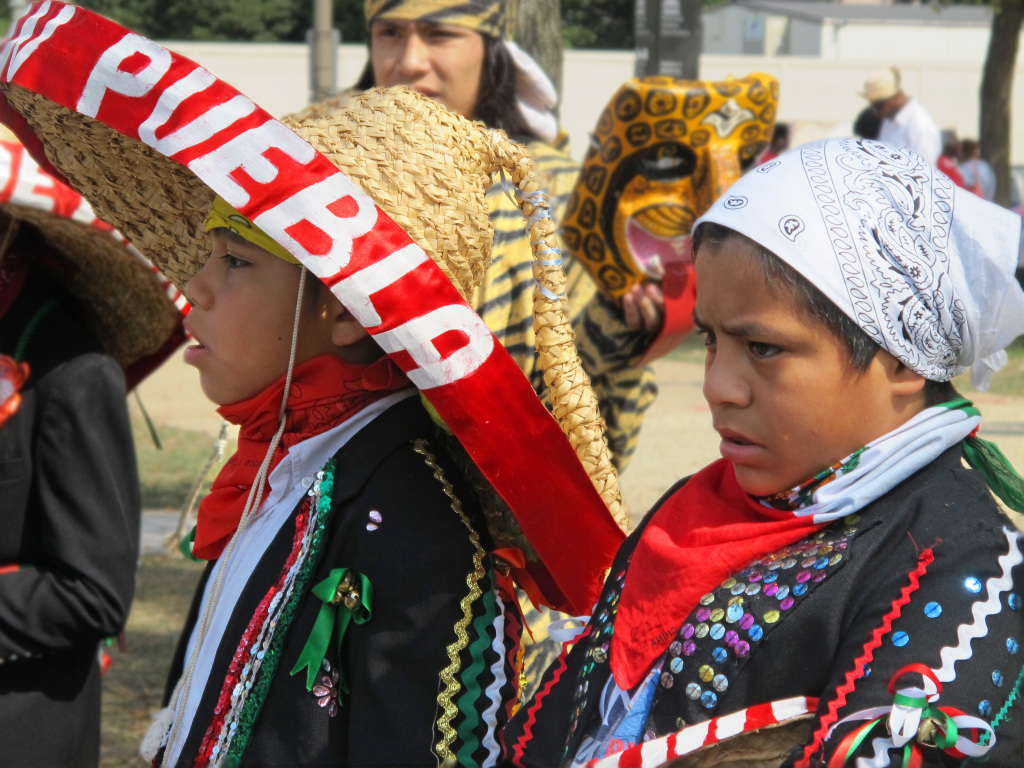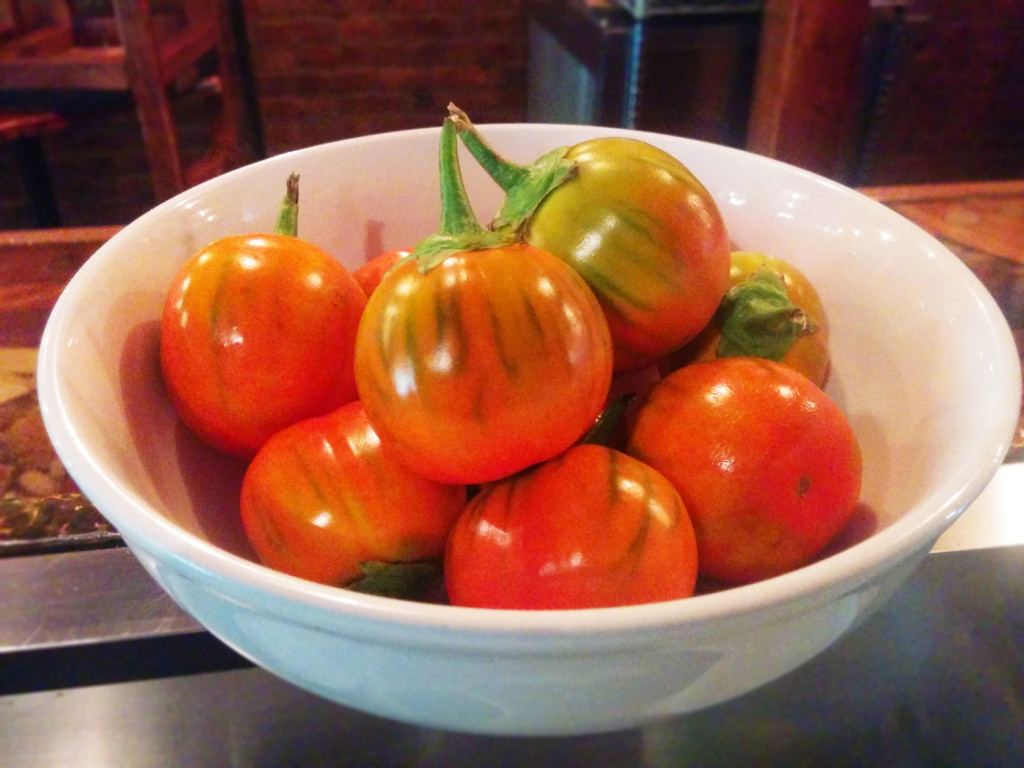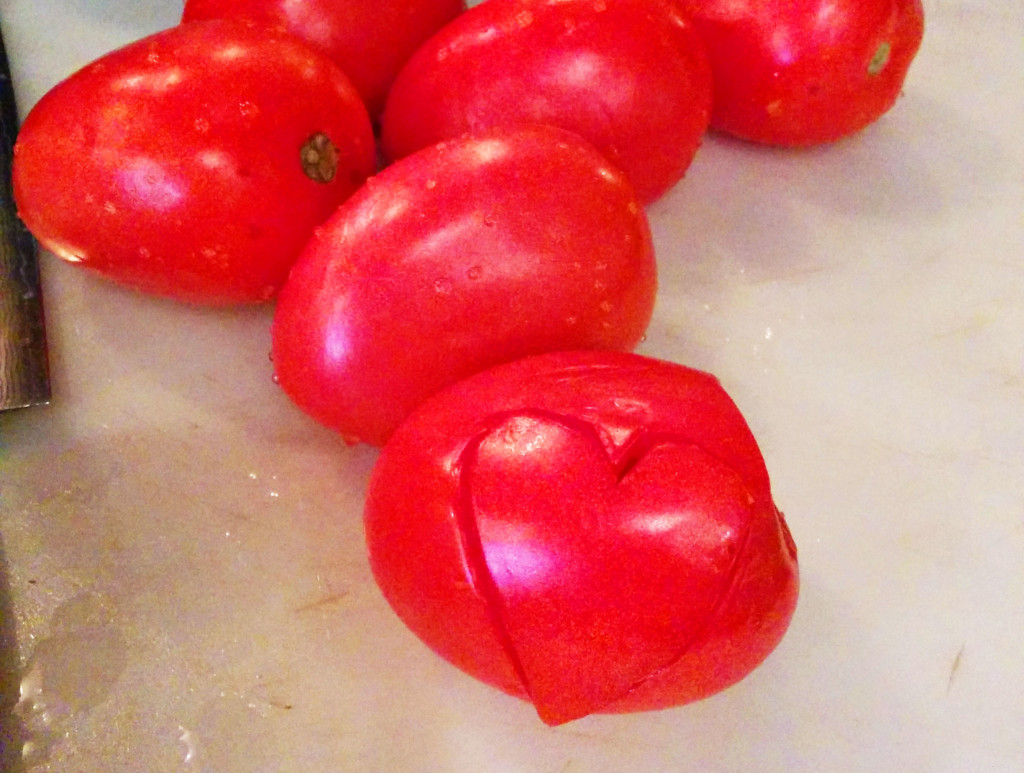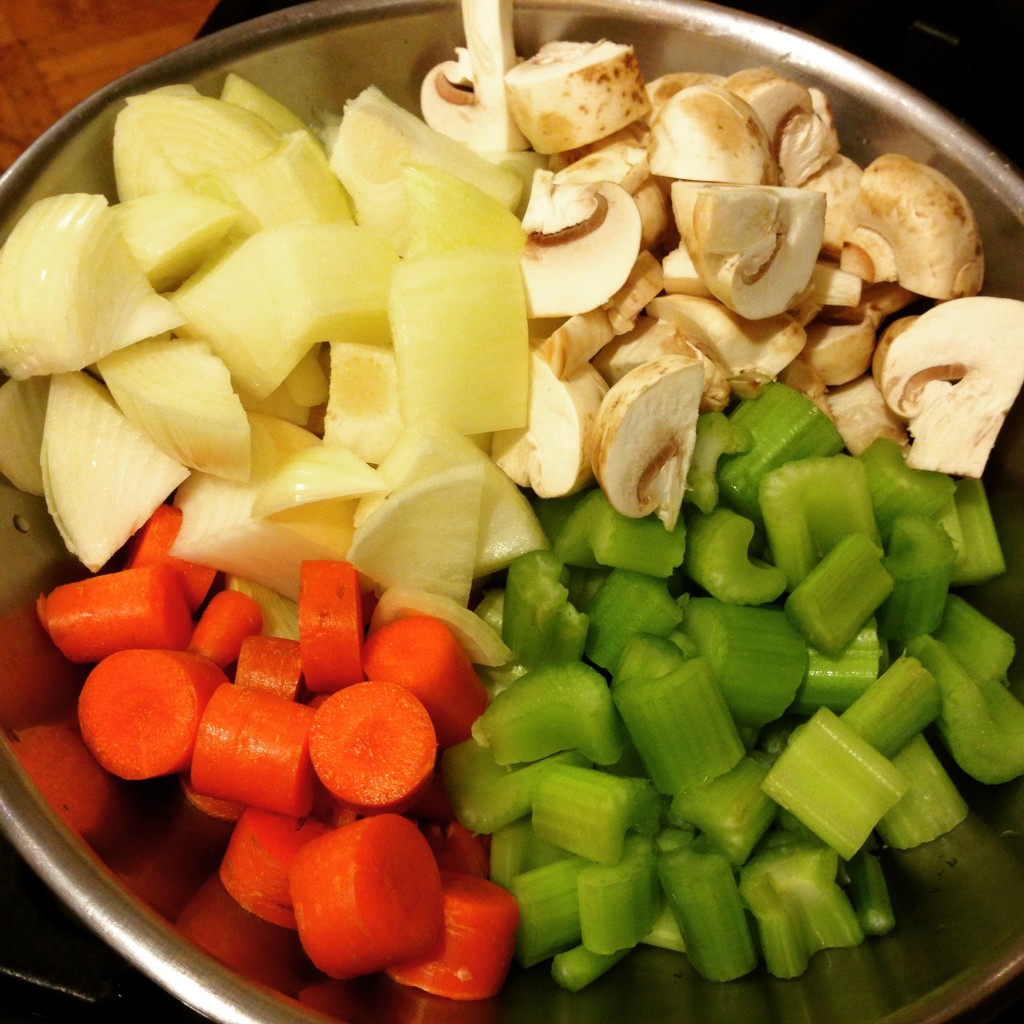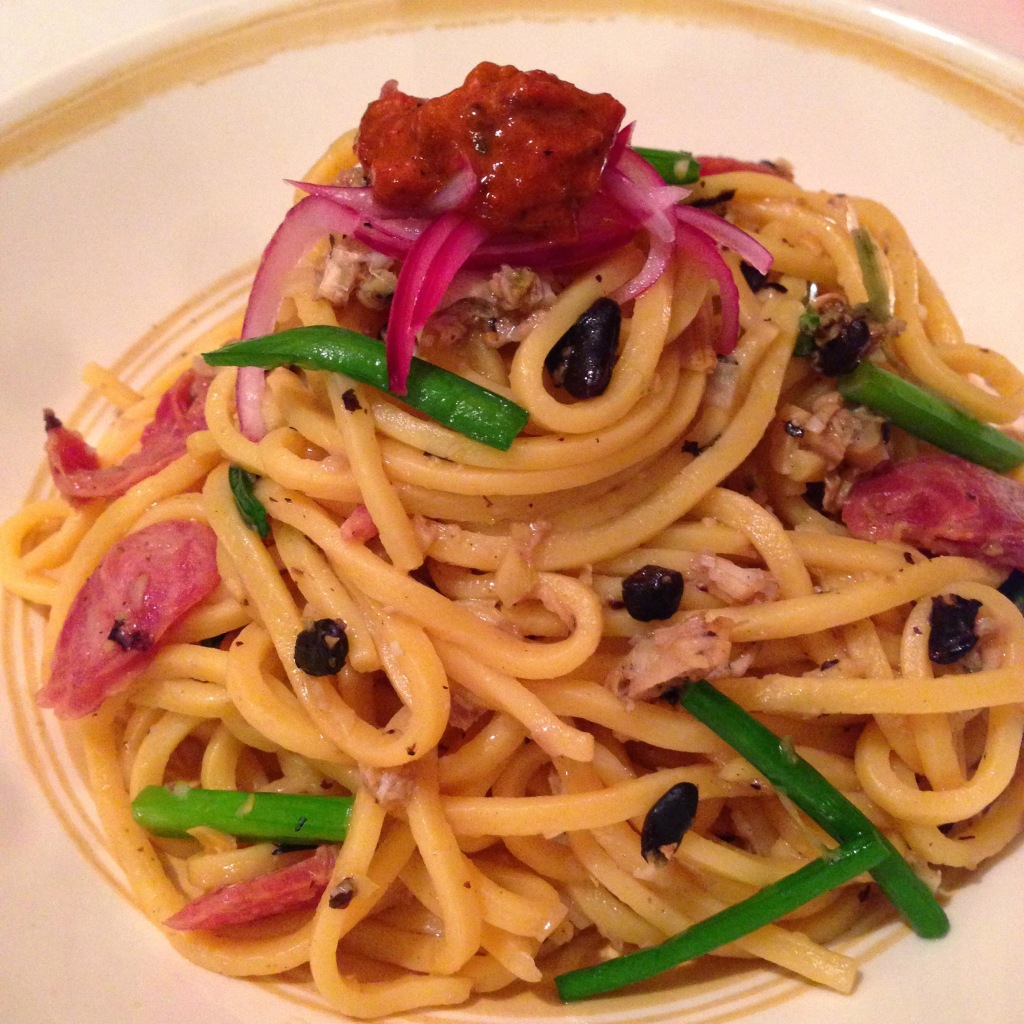“When you’re running… there’s a little person that talks to you and that little person says, ‘Oh, I’m tired. My lung’s about to pop. Oh, I’m so hurt; I’m so tired. There’s no way I can possibly continue.’ And you want to quit, right? That person… If you learn how to defeat that person when you’re running, you will learn how to not quit when things get hard in your life.”
– Will Smith
My general philosophy in life is to try to say yes, as much as possible (so long as it’s not something patently illegal or something I’ll obviously regret). Sometimes this leads me to faraway safaris in Sri Lanka. Sometimes this leads me to running in circles.
Back in late April, a friend said that he was going to sign up for a marathon, and asked if I wanted to do it too. Without thinking too much about it, I said yes. After all, I bike regularly, and go for a short run every week…er, month or so, how hard can running a marathon be? Step 1, you start running. Step 2…there is no step 2. Am I right??
So I logged into the Runkeeper account that I’d set up years ago and used once, and signed up for their beginner marathon training program. Four runs each week, with the first week starting with manageable 4 mile runs and a long run of 8 miles on Saturday. I added the next month’s running schedule to my Google calendar, highlighted in red, and tried really hard to either schedule activities on nights when I wasn’t running or shift runs to alternate days if I knew I’d be busy. Each week, I checked the weather and if conditions were challenging for running (thunderstorms), I would slot time in other parts of the day, like early mornings or late evenings. Sometimes I would end up skipping runs, but it would be anticipated and unavoidable, not due to poor planning.
In July, the furnaces hit New York, and running became a sluggish, molasses-paced crawl to the finish. I realized that switching my runs from late afternoons to early mornings would mean more tolerable running temperatures. The only problem was getting out of bed. I’d tried setting alarms in the past to get up early for a run, and had failed every time. This time though, I forced myself to go to bed earlier (10:30 pm at the latest) and when the alarm went off, I reminded myself that while getting up now was painful, running in the brutal summer heat would be even worse. So I’d best stop dawdling and get going.
By November, I had the opposite problem. Temperatures were dropping precipitously, and an ever-lengthening night meant that it was doubly difficult to pull myself out of bed when it was cold AND dark. I’d hit the snooze button once, sigh, then force myself into the chilly air, where no amount of layering could prevent my fingers from being numb after 120 minutes outside.
But I kept doing it. And every time, it got a little easier. Running a marathon, as it turns out, is less an accomplishment of physical training and more a feat of psychological endurance. While you can certainly push yourself to run until winded, for the most part, running a marathon requires a lot of long but slow runs, done at a comfortable pace where you can easily hold a conversation with someone. In other words, running is not the difficult part. The real challenge is the discipline to manage your schedule and get out of bed.
Continue reading On Running, or How To Do Anything in Life

